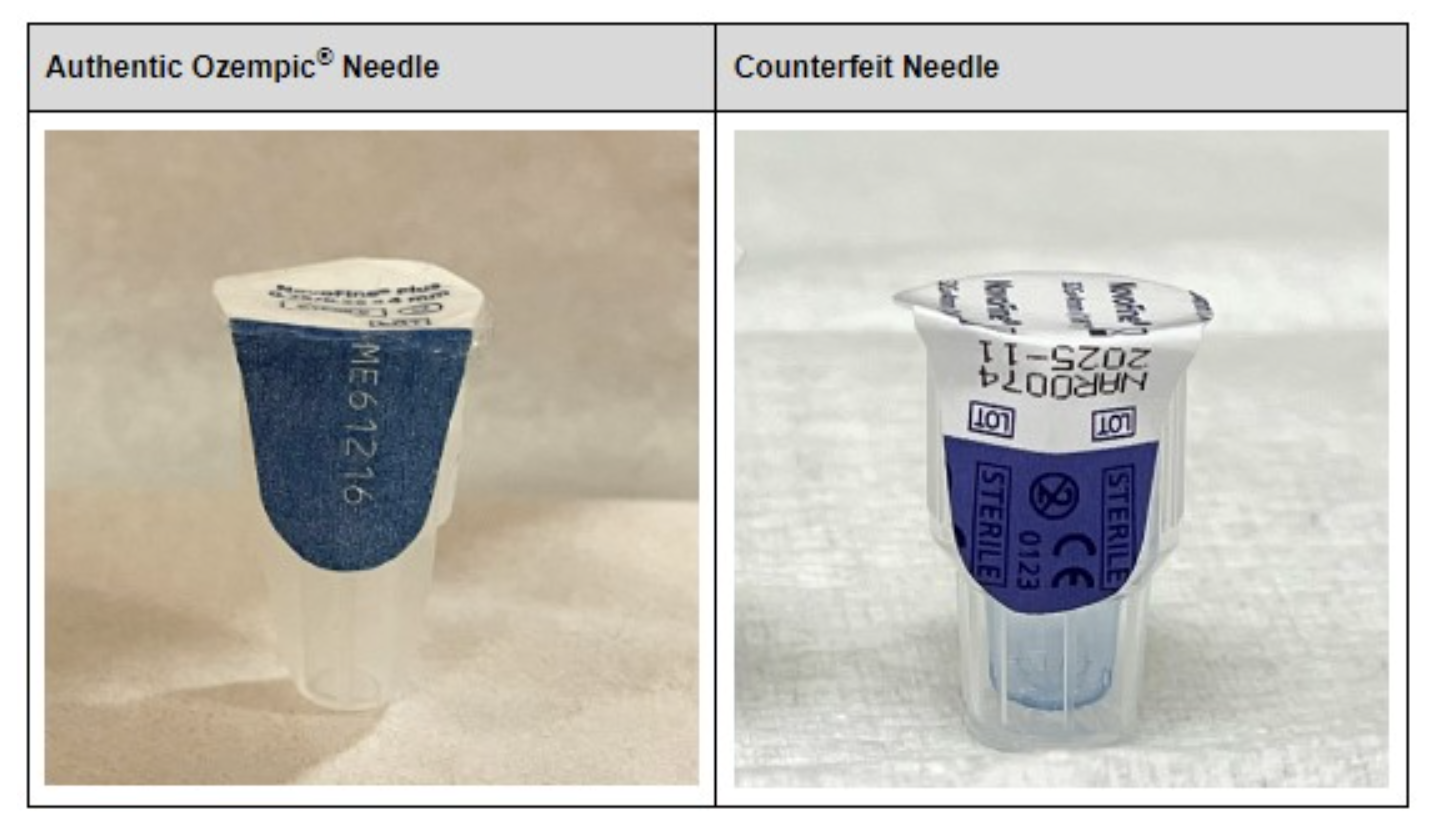Watch Out for Fake Ozempic, Regulators Warn
By April Hopcroft
.png) The FDA is investigating the sale of counterfeit Ozempic. Here’s how to check that your Ozempic is real.
The FDA is investigating the sale of counterfeit Ozempic. Here’s how to check that your Ozempic is real.
If you’re one of the many millions of Americans who use the diabetes drug Ozempic (semaglutide), you may want to take a closer look at the packaging of your next injection pen.
Regulators at the U.S. Food and Drug Administration (FDA), along with counterparts at the European Medicines Agency (EMA), are investigating the sale and distribution of counterfeit Ozempic as well as fake injection pens for the diabetes drug.
Counterfeit versions of Ozempic – which contain the same active ingredient as the weight loss drug Wegovy – have been a growing concern for regulators.
Here’s what you need to know about what products the FDA and EMA are investigating, how to spot imitations of Ozempic, the potential consequences of taking a counterfeit version, and the best way to verify that you’re getting the real deal.
What concerns are there about counterfeit Ozempic?
In late December 2023, the FDA announced an investigation into counterfeit Ozempic found in the U.S. drug supply chain. Along with the needles in these products, the FDA also found that labeling, packaging, and prescription information were counterfeit.
The FDA and Novo Nordisk, the company that makes Ozempic, are currently testing samples to further identify and evaluate faux drugs. With the rising popularity of GLP-1 receptor agonists and other weight loss medications, plus the shortages announced for many of these drugs, it's not surprising to see counterfeit products entering the market.
Previously, the EMA warned of fake Ozempic pens found in Europe and the U.K. Experts have yet to determine whether the counterfeit products in the U.S. are related to fake versions of Ozempic in other countries.
How can I check if my Ozempic is counterfeit?
Consult the images below from the FDA to determine if your Ozempic is authentic or counterfeit. Specifically, look out for the following features:
-
Authentic needles have a transparent inner cover and a paper tab that states “NovoFineⓇ Plus” and is imprinted with the needle lot number. The blue area of the paper tab should only show the lot number.
-
Counterfeit needles have a transparent blue inner cover and a paper tab that states NovoFineⓇ” rather than “NovoFineⓇ Plus” and is imprinted with the Ozempic product carton lot number. The blue part of the paper tab contains additional information beyond the lot number.


What are the consequences of counterfeit Ozempic?
The FDA reported that needles from the seized products were counterfeit and therefore may not be sterile. Unsterile needles may lead to infection; this is particularly concerning for people with diabetes, who are more vulnerable to developing infections and may take longer to heal.
So far, there have been five reports of side effects from counterfeit samples. The side effects were similar to common adverse reactions to genuine Ozempic: nausea, diarrhea, vomiting, stomach pain, and constipation.
How can I ensure I’m receiving authentic Ozempic from my pharmacy?
To make sure you’re getting genuine Ozempic, use a valid prescription at a state-licensed pharmacy. Make sure to check the injection pen for the signs of falsification described above.
You can also contact Novo Nordisk customer care at 1-800-727-6500 and report any adverse reactions to the FDA’s MedWatch.
Learn more about other GLP-1 medications here:







